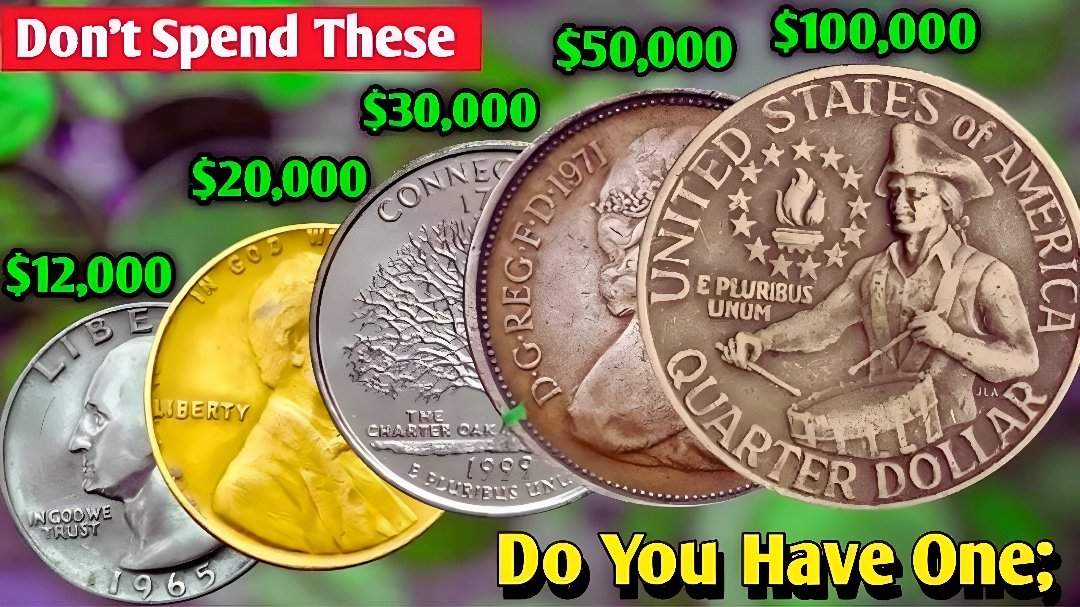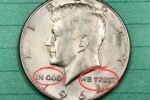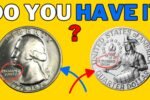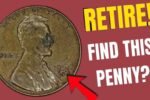Ten State Quarters : The U.S. 50 State Quarters Program was one of the most popular coin series in American history, but few could have predicted that some of these coins would become the center of a billion-dollar frenzy. While most quarters minted between 1999 and 2008 are worth no more than their face value, a small group of ultra-rare, error-filled, or misstruck coins have skyrocketed in value—and they’re now reportedly available to collectors and the public. These ten specific state quarters are not only rare, but their combined worth is now being measured in the billions, creating a renewed surge of interest among coin enthusiasts.
The 50 State Quarters Program: A Revolutionary Series
Launched in 1999 by the U.S. Mint, the 50 State Quarters Program was designed to celebrate each of the fifty U.S. states with unique reverse designs. Five states were honored each year, in the order they joined the Union, making the program both educational and collectible. It quickly became one of the most successful coin series in U.S. history, drawing in millions of casual and serious collectors. Most coins were widely circulated, but a few rare variations slipped through the cracks, setting the stage for today’s incredible valuations.
What Makes These Ten Quarters So Valuable?
The key to their massive value lies in minting errors and unique variations. Some of these rare coins were struck with doubled dies, extra design elements, incorrect metal compositions, or were accidentally minted with blank planchets meant for different coins. Because these errors were unintentional and extremely limited in number, they became incredibly desirable among collectors. Combined with their historical context and visual appeal, these flaws transformed everyday coins into multimillion-dollar collectibles.
Now Up for Grabs: Why Collectors Are Racing to Find Them
The excitement today stems from reports that these ultra-rare state quarters are surfacing in auctions, private collections, and even public sales. A few have already changed hands for staggering sums, and the rest are expected to enter the market soon. This sudden availability is fueling a rush of interest, as collectors and investors alike scramble to identify, authenticate, and secure any of these ten high-value quarters before they vanish into private collections. It’s a high-stakes modern treasure hunt.
The Most Notable Quarters Among the Ten
Among the most famous are the 2004-D Wisconsin “Extra Leaf” quarters, which feature an additional leaf on the corn stalk—believed to be the result of a die gouge. Then there’s the 1999 Delaware “Spitting Horse” quarter, which displays a die crack that looks like something is coming out of the horse’s mouth. Other examples include the 2000-P South Carolina quarter struck on the wrong planchet and the 2005 Minnesota quarter with multiple tree doubling. These and others have now reached six- and seven-figure valuations at auctions.
Could One Be in Your Pocket or Coin Jar?
With millions of state quarters still in circulation, it’s not impossible that one of these ultra-rare coins could be lying unnoticed in a change jar, dresser drawer, or old coin collection. While the odds are slim, they’re not zero—and that’s enough for thousands of hopeful collectors to keep looking. Anyone who suspects they may have a rare quarter should handle it carefully and consider getting it professionally graded before attempting to sell or auction it.
Ten Rare State Quarters and Their Estimated Values
| State & Year | Known Error or Feature | Estimated Value (USD) |
|---|---|---|
| 2004-D Wisconsin | Extra Leaf (High/Low varieties) | $3,000 – $10,000+ |
| 1999 Delaware | “Spitting Horse” die crack | $100 – $5,000 |
| 2000-P South Carolina | Wrong planchet error | $5,000 – $20,000+ |
| 2005 Minnesota | Multiple Tree Doubled Die | $50 – $1,500+ |
| 2001-P Vermont | Off-center strike | $500 – $2,000 |
| 2002-P Mississippi | Missing clad layer | $1,000 – $4,000 |
| 2000 New Hampshire | Broadstrike error | $500 – $3,000 |
| 2003 Maine | Partial collar strike | $400 – $2,500 |
| 1999 Georgia | Double die obverse | $1,500 – $7,500 |
| 2002 Indiana | Reverse cud error | $1,000 – $3,000 |
Note: Values depend on coin grade, rarity, and market demand.
Frequently Asked Questions (Ten State Quarters Worth Billions Now Up for Grabs)
Q: Are all state quarters valuable now?
A: No. Most are still worth face value. Only specific ones with rare errors or misprints have significant value.
Q: How can I tell if I have a valuable state quarter?
A: Look for unusual features like doubled images, extra design elements, off-center strikes, or wrong coloring. If it looks different from other quarters, it’s worth checking with a professional.
Q: Where can I get a coin evaluated or graded?
A: Services like PCGS (Professional Coin Grading Service) and NGC (Numismatic Guaranty Company) are trusted for coin grading and authentication.
Q: Can I still find rare state quarters in circulation?
A: It’s rare, but possible. Many valuable error coins went unnoticed when first released and may still be in circulation or forgotten in old collections.
Q: Is it worth collecting all 50 state quarters?
A: Yes, especially in uncirculated or proof condition. While not all are valuable, complete high-grade sets can still fetch decent prices among collectors.
The incredible rise in value of these ten state quarters proves that even in the age of digital currency, old-fashioned pocket change can still hold life-changing surprises. As interest in rare coins continues to climb, the search for these legendary state quarters is heating up—bringing both excitement and opportunity to collectors, investors, and everyday Americans alike. Now more than ever, it pays to take a second look at the coins you thought were ordinary.




